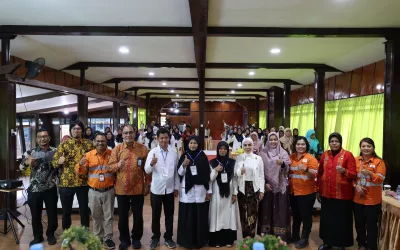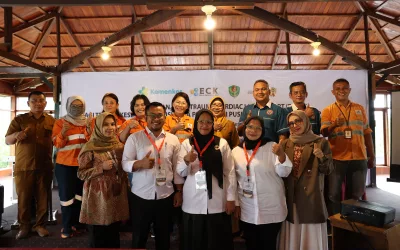According to research by Igogo in 2021, mining is one of the most energy-intensive sectors. The industry accounts for around 38% of global industrial energy consumption, 15% of global electricity use, and 11% of total world energy consumption. From exploration and excavation to transportation and mineral processing, every stage demands a substantial amount of energy. This makes energy efficiency a crucial aspect of mining operations.
Read Also : Sustainable Legacy Since 2011, Martabe Cataract Surgery Reopen
Energy efficiency not only contributes to reducing operational costs but also plays a vital role in meeting regulatory requirements and supporting environmental sustainability. The essence of energy efficiency lies in producing the same or even better output while using as little energy as possible. The goal is not to reduce productivity, but to eliminate waste.
To address these challenges, mining companies must identify the areas of highest energy consumption and implement systematic energy-saving measures.
For an energy efficiency programme to be consistent, measurable, and sustainable, a framework such as an Energy Management System (EnMS) is essential. This system provides a structured process for monitoring, controlling, and conserving energy use within an organisation. Through the EnMS, companies can set efficiency targets, track energy consumption, evaluate performance, and continuously improve their practices.
Read Also : Self-Managed Waste Oil Recycling Innovation, Agincourt Resources Wins EPSA 2025
By adhering to international standards such as ISO 50001 and the Plan–Do–Check–Act (PDCA) cycle, companies can ensure that energy efficiency efforts are not merely temporary initiatives but an integral part of their operational strategy. In this way, energy efficiency truly becomes the foundation for achieving sustainable mining.







